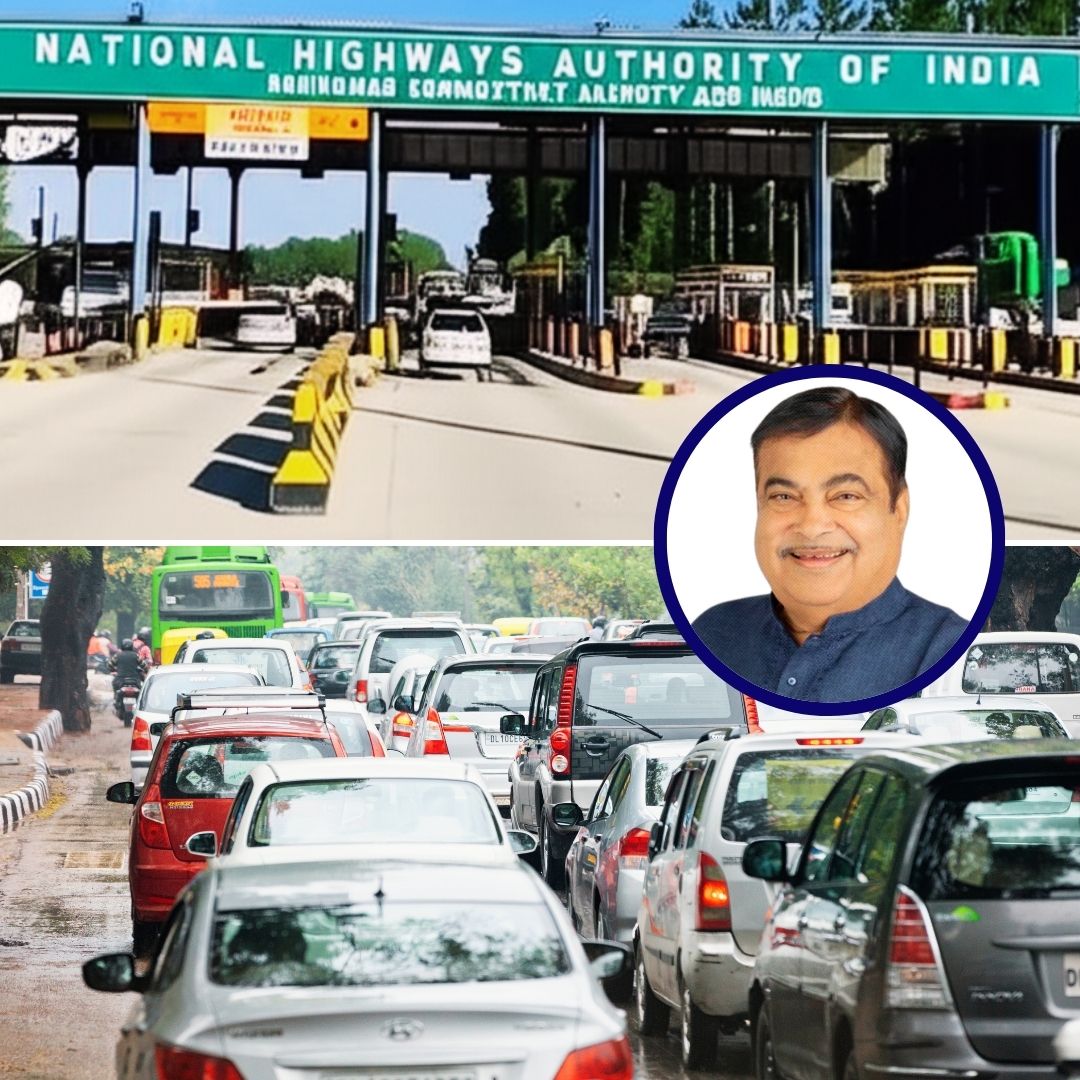The Indian government has officially reduced toll charges by up to 50% for select stretches of National Highways featuring major structures such as tunnels, bridges, flyovers, and elevated corridors.
The Ministry of Road Transport and Highways (MoRTH) announced the rule change on July 2, 2025, amending the National Highways Fee Rules, 2008. The new formula for toll calculation is expected to lower travel costs for millions of motorists and rationalise user fees on infrastructure-heavy highway sections.
Major Toll Relief for Structure-Heavy Highways
According to the new rules, the toll for stretches containing major structures will now be calculated using a more commuter-friendly formula. Previously, tolls on such stretches were levied at ten times the normal rate for every kilometre of the structure, reflecting the high cost of construction and maintenance. Now, tolls will be determined based on whichever is lower:
- Ten times the length of the structures (in kilometres) plus the standard toll for the remaining stretch, or
- Five times the total length of the entire section (including both the structures and the regular road).
For example, if a 40-kilometre highway stretch is entirely made up of bridges or tunnels, the toll will now be calculated on 200 kilometres (5 x 40 km) instead of the previous 400 kilometres (10 x 40 km), effectively halving the toll burden for motorists.
A senior official from the National Highways Authority of India (NHAI) told the media, “This new methodology will provide substantial relief to regular highway users, especially in regions with long elevated corridors or tunnels. It aligns tolls more closely with road usage and actual costs, while still ensuring recovery of infrastructure investments.”
Policy Rationale and Broader Impact
The government’s move comes in response to widespread feedback from commuters, logistics operators, and state governments, who have long argued that the previous toll structure was disproportionately high for stretches with extensive bridges or flyovers. The new rule is expected to benefit both private and commercial vehicles, reduce logistics costs, and promote smoother interstate trade and travel.
MoRTH has clarified that “structures” for the purpose of this rule include independent bridges, tunnels, flyovers, and elevated highways. The reform is also part of a broader effort to make the national highway network more commuter-friendly, with the government having recently declared over 120 highways toll-free in select regions and launching digital initiatives for easier toll payments.
The Logical Indian’s Perspective
This toll reduction marks a significant step towards balancing infrastructure investment with commuter affordability and fairness. While it is essential to recover the costs of building and maintaining complex highway structures, it is equally important to ensure that road travel remains accessible and economically viable for all.












